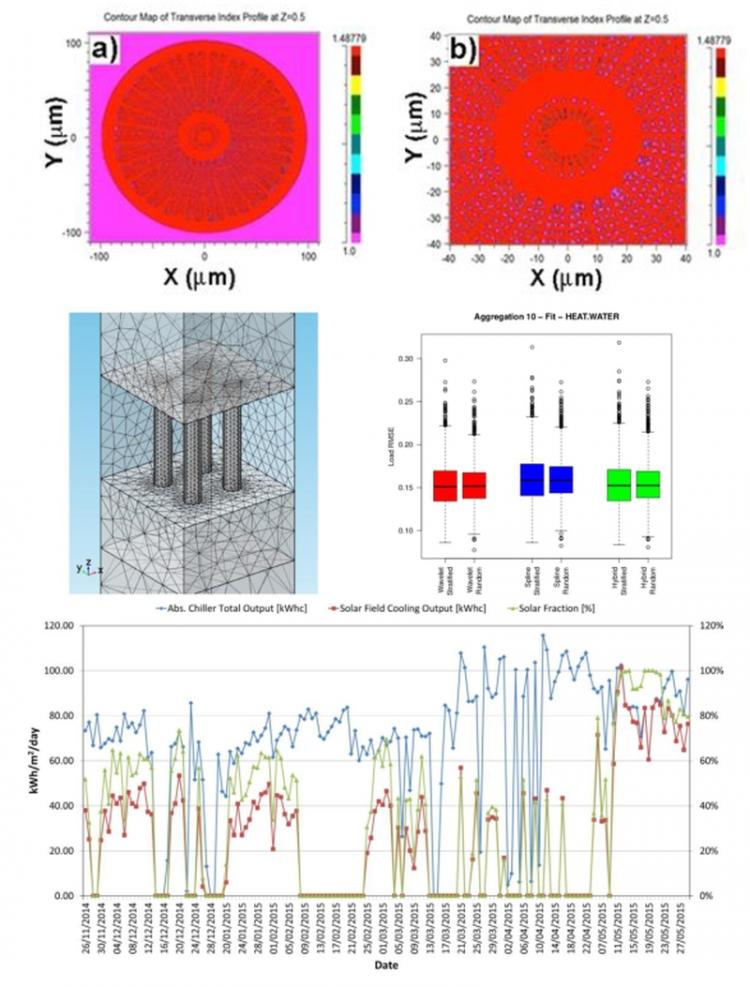 |
|
Activity of the Napoli branch in Theoretical Modelling is mainly devoted to the simulation of selected properties and behaviour of several materials on a nano/micro/macro scale. The main computational tools for implementing simulations are based on finite differences, finite volumes and finite elemnts methods. The task is accomplished by relying on software commercially available for modelling (e.g., COMSOL, Lumerical) and on computaional environments (e.g., MATLAB, R); in addition some scripts are implemented in several cases for particular problems. Specific software for image processing is also used (e.g., AVIZO). Hardware tools range from desktops (maily quad-core i7) to workstations (e.g., dual processor with 28 cores and 512GB RAM) to a small cluster (4 nodes, 88 cores, 176GB RAM). GPUs are also used to speed-up computations under the CUDA framework. Simulation of light propagation in complex three-dimensional nanostructures Propagation of electromagnetic waves in three-dimensional structures can be simulated by means of several algorithms based on a proper approximation of Maxwell equations. Here are some examples:
|
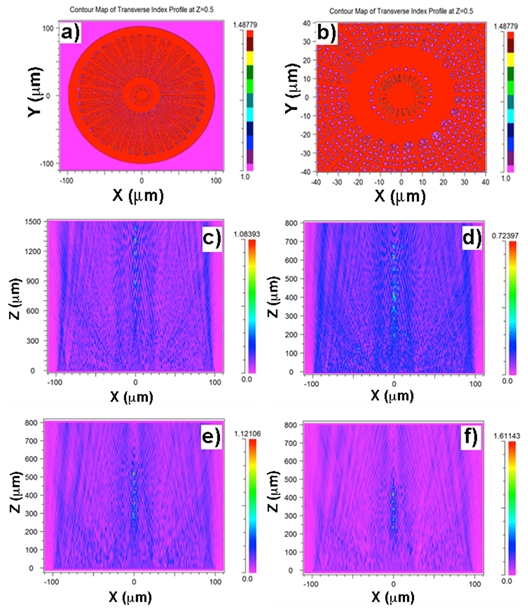 |
| These techniques are fundamental in the study of light propagation in photonic crystals and, in general, in the design of all the periodic or quasi-periodic nanostructures which can find application in photonics, telecomunications and quantum optics. Furthermore, these computational algorithm can be applied to the study of optical properties of bio-based photonic nanostructures such as diatom silica frustules, which can inspire new micro- and nano-optical devices in the framework of biomimetics. |
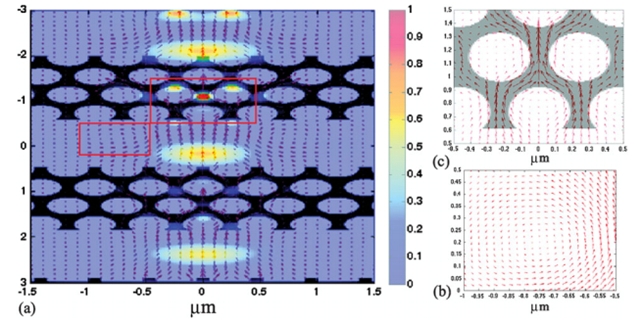 |
|
Collaborations: Istituto di Biochimica delle Proteine CNR; Università di Napoli Federico II; Università degli Studi della Campania Luigi Vanvitelli; Lawrence Berkeley National Laboratory, California, USA; University of Antwerp (Belgium) Software: COMSOL, AVIZO Publications:
Coordinator: Edoardo De Tommasi |
|
Thermal modelling of nanostructures The aim of the activity is to predict thermal behavior of nanostructures like metallic nanoparticles and photonic crystals (PhC) elementary cells, which interact with electromagnetic waves at optical frequencies and immersed in surrounding fluid media. In particular, the focus is on thermo-plasmonic effect, where metallic nanoparticles dispersed in solution act as local heat nano-sources, and thermal tuning of PhC for light control application. The modelling includes multi-physics analysis of combined Electromagnetic (EM), Heat Transfer (HT) and Computational Fluid Dynamic (CFD) phenomena. So, the multi-physics modelling approach by means of coupled systems of partial differential equations, allows to create a cross analysis and simulation of the different physics phenomenology. Moreover, their mutual influence can be evaluated and studied. Main simulators used for the multi-physics modelling are COMSOL and MATLAB. |
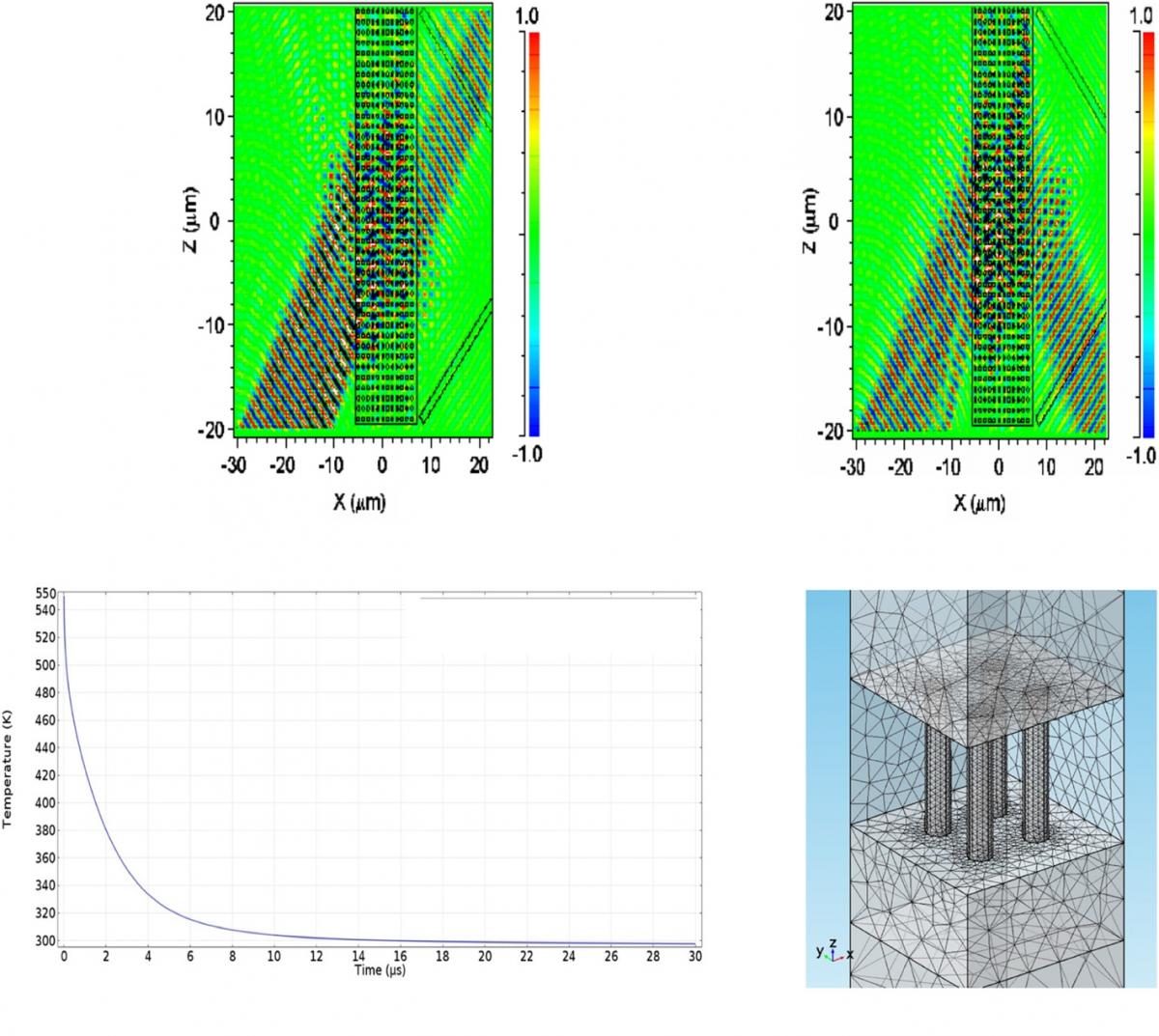 |
| This activity impacts mainly on the application area of the plasmonic devices and PhC-based devices design, since it provides some of the software tools that are required in order to efficiently design and fabricate newly components for nano-thermal control or light control. |
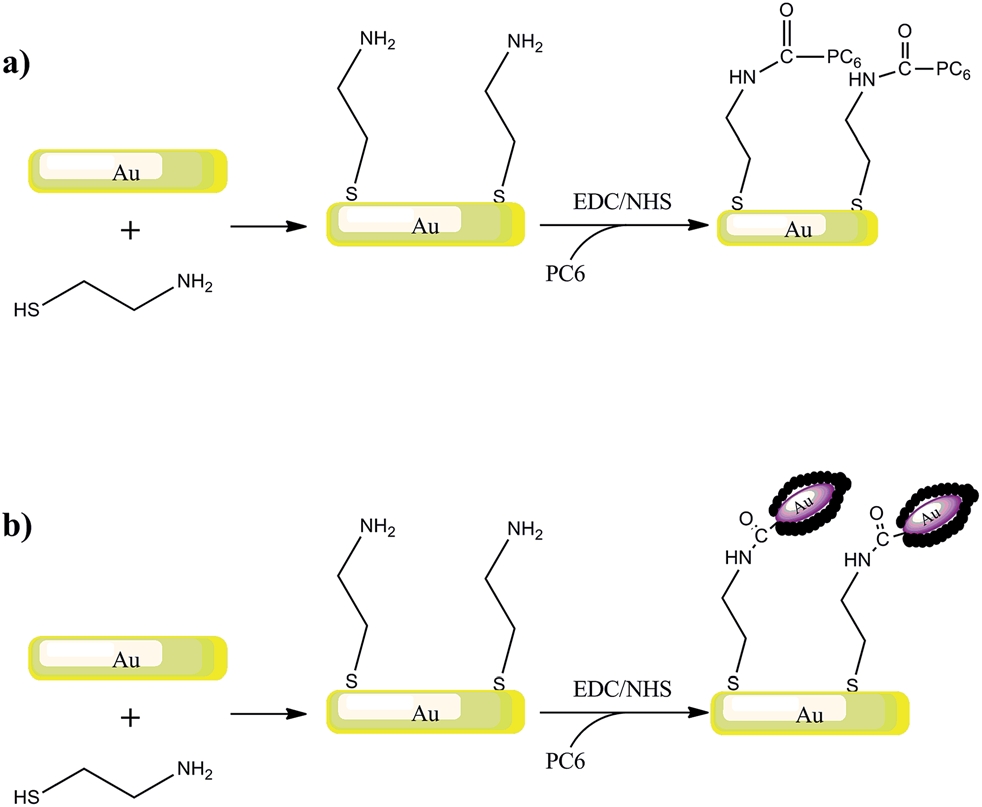 |
|
Collaborations: University of Naples “Federico II”, Dipartimento di Ingegneria Industriale; Université Paris 13, Laboratoire CSPBAT; Lawrence Berkeley National Laboratory, Molecular Foundry Software: MATLAB, COMSOL Publications:
Coordinator: Mario Iodice |
|
Thermal modelling of selective solar absorber The aim of the activity is to predict optical and thermal behavior of a selective solar absorber for solar thermal applications. A selective absorber should efficiently absorb the light in the solar spectrum, while minimizing emission as thermal radiation. It is usually composed of a nanostructured optical absorber deposited on a high conductive, low emission substrate (such as copper or aluminum). To study the properties of the absorber it is suspended by four small stainless steel springs in a high-vacuum vessel with an optical window that allows sample illumination by LED lamps or solar radiation. Its temperature is monitored by a thermocouple and the system can be described by an energy balance equation. The modelling includes multi-physics analysis Heat Transfer (HT) phenomena of optical absorption and thermal emission as well as the other heat transfer mechanism in the whole structure. These simulations allow to determine the relative importance of the different parameters (emission coefficient, absorption, geometry, etc.) involved in the description of the physical system. Next step will be the simulation of the optical and radiative properties of multilayered film structure, to optimize their behavior as selective solar absorber. We plan to use the results from the optical simulation to simulate the radiative losses of the whole structure to calculate the final panel efficiency as function of temperature. Main simulator used for the multi-physics modelling is COMSOL. |
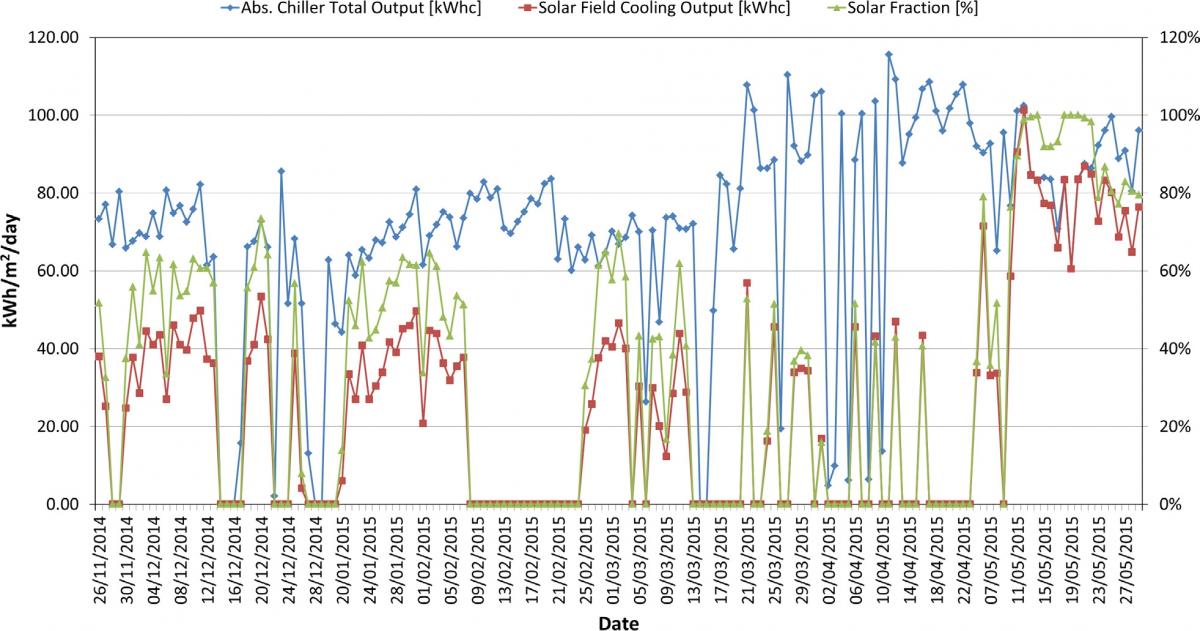 |
| This activity provides indications to efficiently design and fabricate new absorbers for light absorption and thermal control. It impacts on the efficiency of solar thermal panels working at high temperature. |
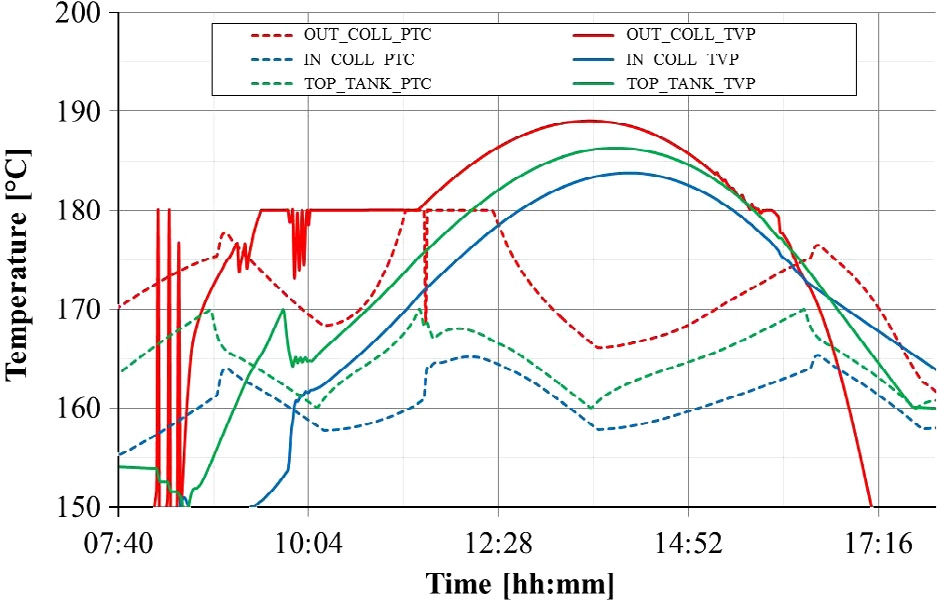 |
|
Collaborations: University of Naples “Federico II”, Dipartimento di Ingegneria Industriale; TRESOL srl, Avellino; TVPSolar SA, Geneva, Swirtzerland Software: COMSOL Publications:
Coordinator: Roberto Russo |
|
Nanophotonics Modeling Optical properties of dielectric nanostructures, according to recent advances in optical investigations of materials of sub-micrometric structures, is an exciting, rapidly evolving field of research. Our activities are centered around dielectric plasmonic and photonic crystals meatstructures and their applications to a number of fundamental device issues. Theoretical modeling is performed both in support to experimental activities, and also for basic investigations of nanophotonic systems radiation-matter interaction. The modeling of such nanostructures is fundamental for the fabrication and characterization of plasmon-like metamaterials on substrates and on optical fibres tip for sensing bio-sensing nanomedicine, energetics. and telecom applications; The modeling is based on time-domain (Finite Difference Time domain- FDTD) and frequency domain (Rigorous Coupled Waves Approach – RCWA; Finite Element Method – FEM) in order to analyze the phenomena and optimize the parameters. Some applications involve large quantities of data (of the order of 109 data), therefore sometimes they require clusters of computers, fast workstations. Use of NVIDIA GPU’s is also required for some applications |
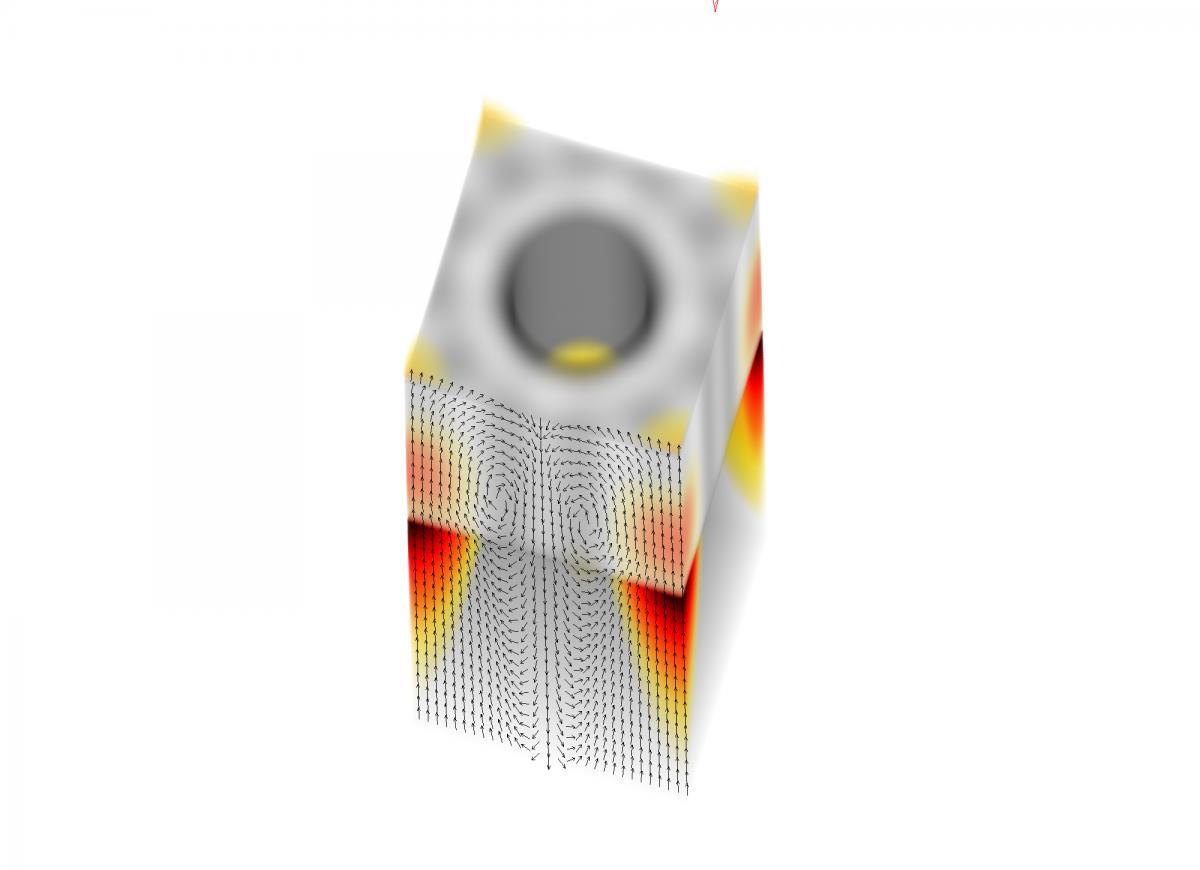 |
|
This activity is transversally potentially useful for all activity where the field enhancement is potentially useful: sensing, light emission, fluorescence. Collaborations: Istituto di biochimica delle proteine – IBP CNR, Napoli (Italy); Molecular Foundry, Berkeley, (USA); Boston University, Boston (USA) Software: COMSOL, AVIZO Publications:
Coordinator: Vito Mocella |
|
Statistical methods for applications Statistical methods are developed and applied to different fields. From the methodological point of view the problems of nonparametric regression, classification, clustering, dimension reduction are mainly faced. The methodologies developed rely on tools as Fourier transform, wavelet transform, Principal Component Analysis, Independent Component Analysis, penalization. The setting is typically multidimensional, with the number of dimensions ranging from small to big (with respect to the size of the available samples). Both continuous and discrete variables are considered in the problems. A special focus is devoted to images, where methodologies are adapted also considering their spatial structure. In particular applications as denoising and feature detection are developed. The methodologies are applied to different fields, e.g., processing of images acquired by Visible and IR sensors onboard satellites, diagnosis of pathological conditions starting from MR images, simulation and prediction of time series of power load. The software environment mostly consists of R and Matlab, also with the use of User Interfaces. Optimization of the algorithms and integration with hardware are also considered, especially for the methodologies highly demanding in terms of computational time and data sets of large size. |
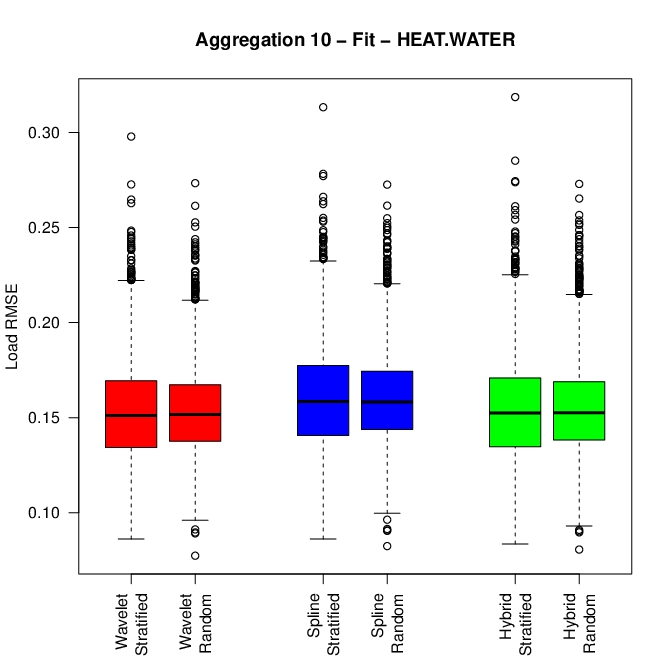 |
| This activity is transversally potentially useful for all activity lines where experimental data have to be processed and analyzed. |
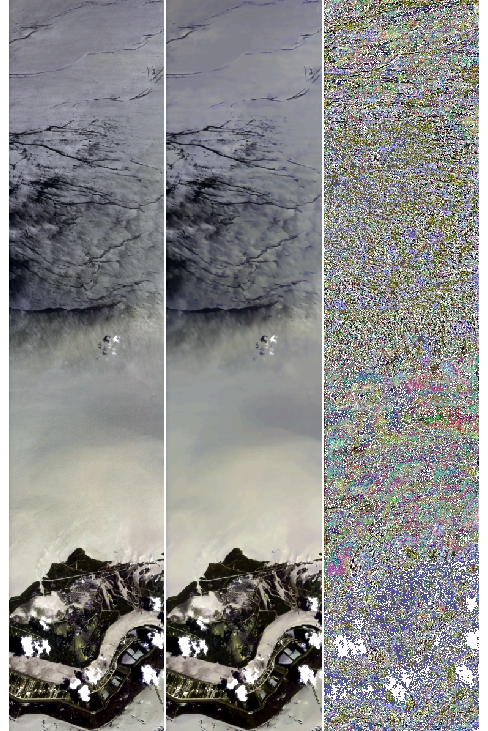 |
|
Collaborations: Istituto per le Applicazioni del Calcolo CNR; Università della Basilicata, Scuola di Ingegneria, Potenza; University of Cape Town, South Africa Software: MATLAB, R Publications:
Coordinator: Umberto Amato |
